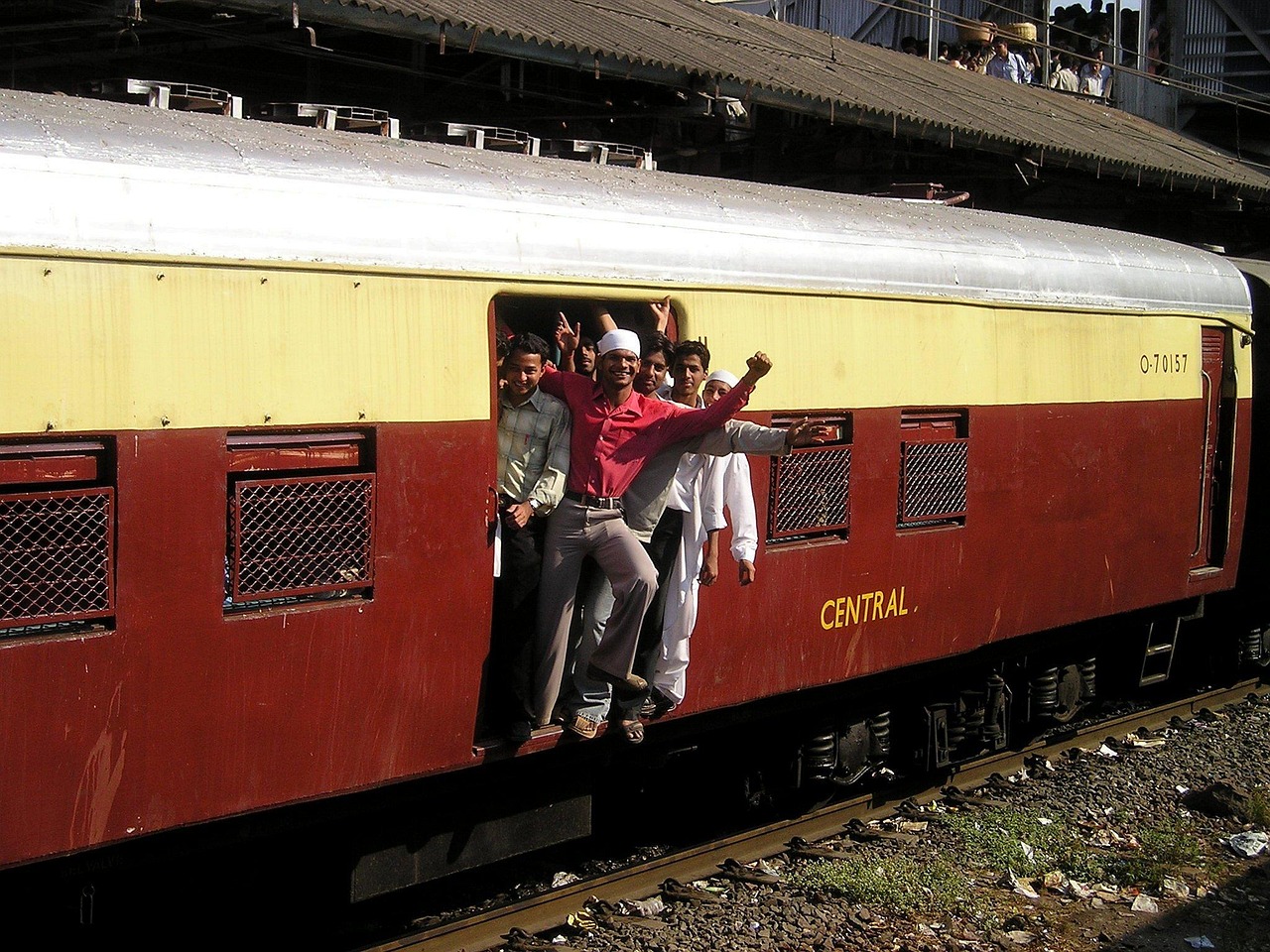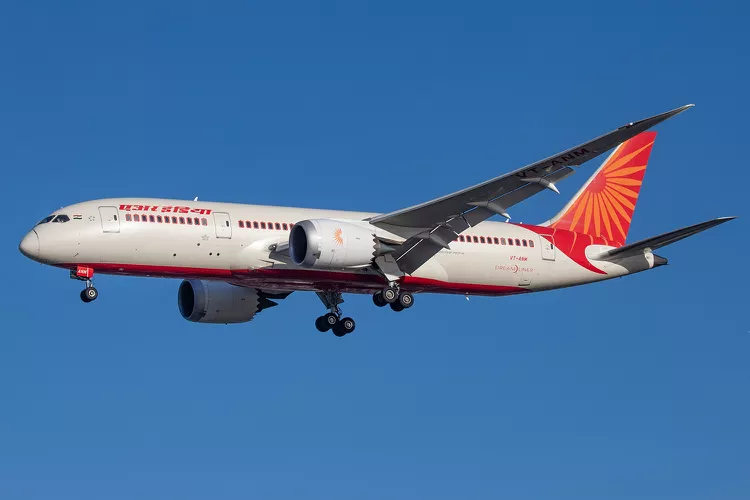Mumbra Train Accident: 4 Dead, Several Injured Near Mumbai on 9 June 2025
Mumbai, June 9, 2025:In a tragic incident on Monday morning, four passengers lost their lives and several others were injured after falling from two overcrowded suburban trains near Mumbra station on the Central Railway line. The accident occurred around 9:15 AM, between Diva and Mumbra stations—a stretch known for its sharp curves and high commuter load during peak hours. What Happened Eyewitnesses and officials confirmed that two local trains traveling in opposite directions passed each other on a curved section of the track. Several passengers who were standing on footboards—a common but dangerous practice due to chronic overcrowding—were reportedly thrown off or brushed against each other, causing them to fall onto the tracks. Authorities stated that 8 to 10 passengers fell, of whom four died on the spot, including a Government Railway Police (GRP) constable. The remaining injured individuals were rushed to Thane Civil Hospital, with some admitted in critical condition. Official Statement Central Railway’s Chief Public Relations Officer, Swapnil Nila, clarified that it was not a train collision, but rather a case of passengers hanging precariously from the trains, brushing past each other due to the narrow track clearance on the curve. The authorities are reviewing CCTV footage, track measurements, and evidence of scratch marks on train exteriors. Immediate Government Action Maharashtra Chief Minister Devendra Fadnavis expressed deep condolences and ordered a high-level inquiry into the incident. The state government announced an ex gratia compensation of ₹5 lakh for the families of the deceased. All medical expenses for the injured are being borne by the state. Minister of Medical Education Girish Mahajan, who visited the victims in the hospital, stated, “We are committed to ensuring the best possible treatment. This incident exposes the urgent need for rail safety reforms.” Long-Term Measures Promised In the wake of the tragedy, the Railway Board has taken the following steps: All new Mumbai local train rakes will be equipped with automatic door-closing systems, similar to Metro trains. Existing rakes will be retrofitted with safety systems wherever feasible. Central Railway plans to introduce 238 new AC local trains with closed-door features by January 2026. Authorities are considering launching additional local services from Diva, a known congestion hotspot. Public Outcry and Demands Following the accident, public anger spilled over on social media and at local stations. The Maharashtra Navnirman Sena (MNS) organized a protest at Thane station, demanding accountability from railway officials and swift upgrades to suburban rail infrastructure. Rail commuters and advocacy groups have called for: More frequent services during peak hours Dedicated foot-over bridges and emergency medical teams Installation of CCTV cameras in all compartments Conversion to 15-coach trains to reduce overcrowding Conclusion This tragic event has once again highlighted the hazards of overcrowding and footboard travel on Mumbai’s local trains. While the railways have outlined measures to enhance commuter safety, there is growing pressure to accelerate reforms and ensure such preventable tragedies never occur again.
Read More




